These days, Guangzhou is buzzing with energy as the 138th Canton Fair unfolds, drawing tens of thousands of buyers from across the globe. One of the world's largest trade events, it's where entrepreneurs seek the next big product or opportunity. But why Guangzhou? How did this southern city become China's gateway to the world?
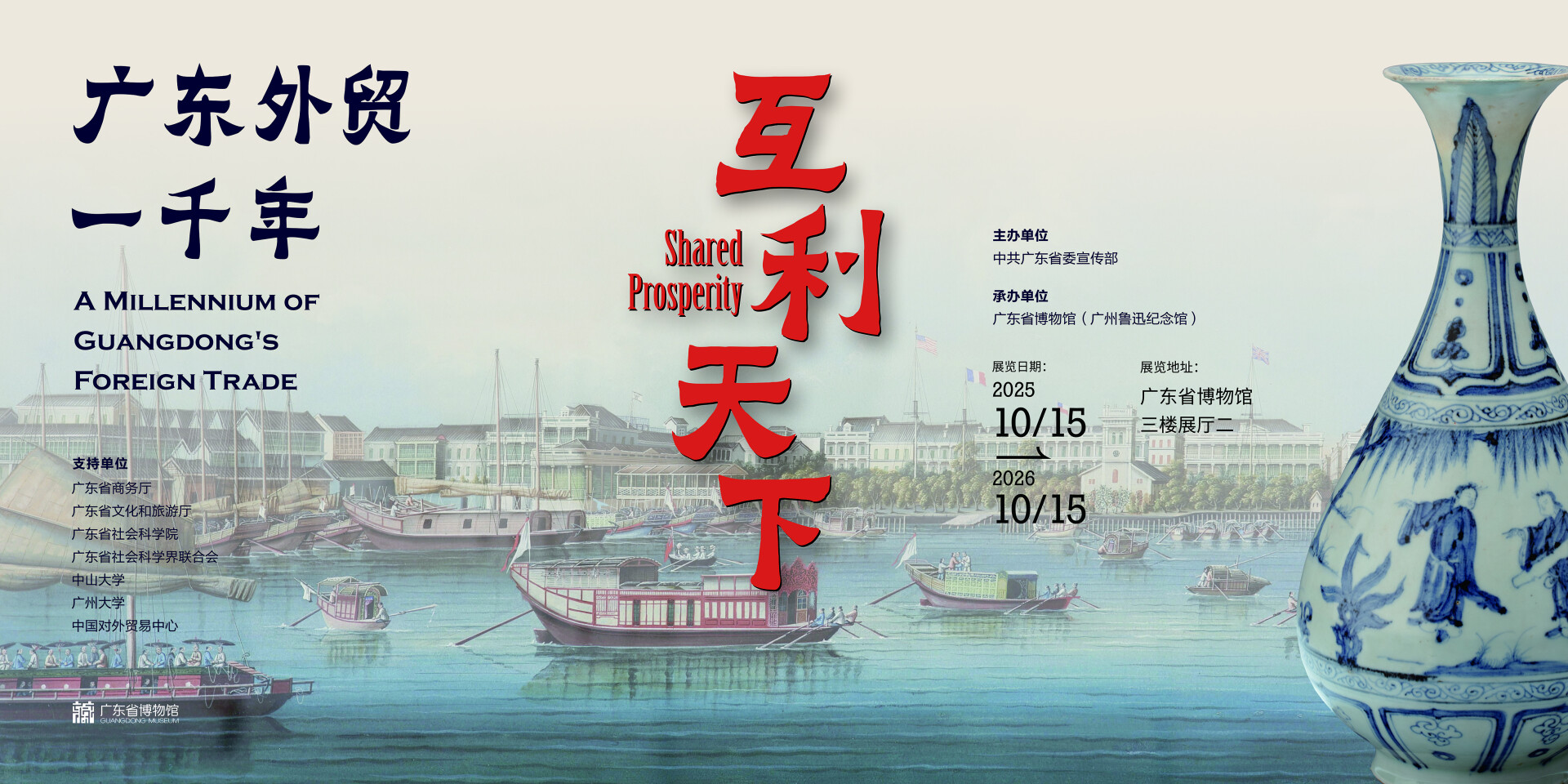
Step into the Guangdong Museum, where a new exhibition, Shared Prosperity: A Millennium of Guangdong's Foreign Trade, opens a window into this story. Today's Canton Fair is not just a trade event—it is the continuation of a legacy that began centuries ago.
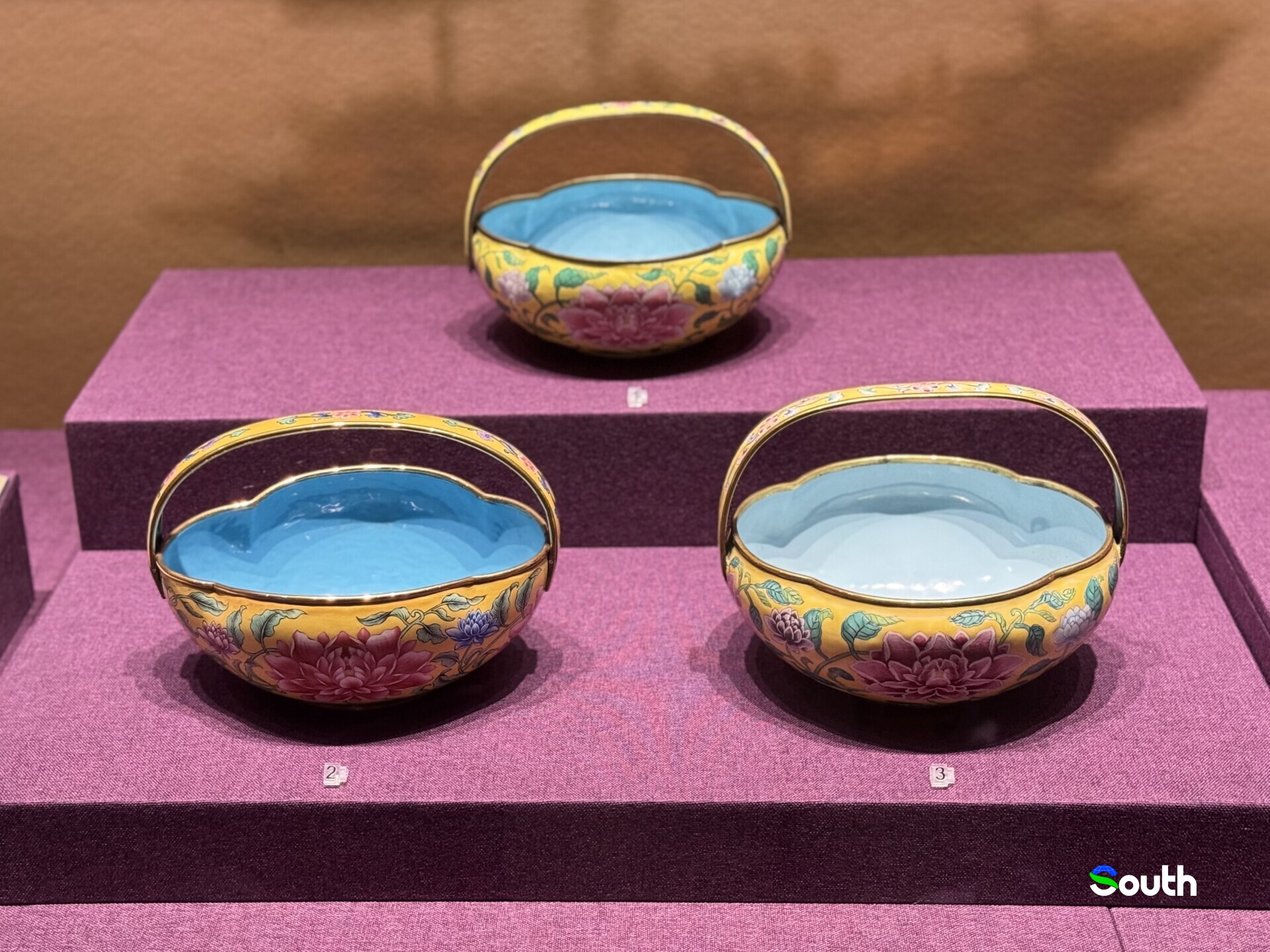
The exhibition gathers over 200 rare artifacts that chronicle Guangdong's international connections. Featured exhibits capture this spirit. A Tang Dynasty ivory figure, discovered in Guangzhou's ancient palace site, hints at early contact with Arab merchants, while the city's Tang-era foreign quarter, Fan Fang, shows that Guangzhou was already a global hub over a thousand years ago. A Ming gold ingot reveals trade with the Indian Ocean region; an 18th-century enamel flower basket highlights East-West artistic exchange; and a Qing Dynasty hand-painted wallpaper, once decorating a British mansion, reconnects East and West nearly 300 years later.
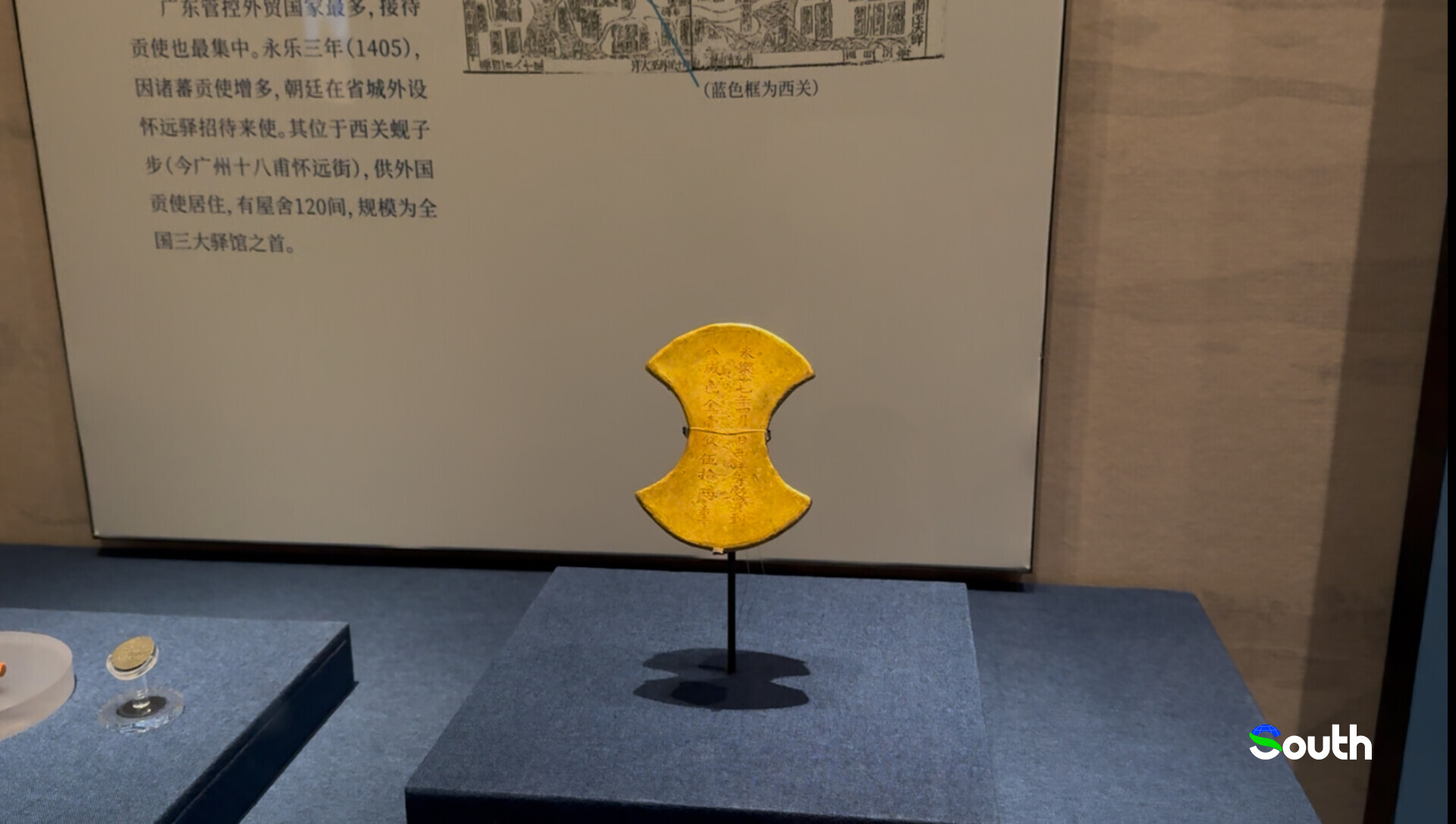
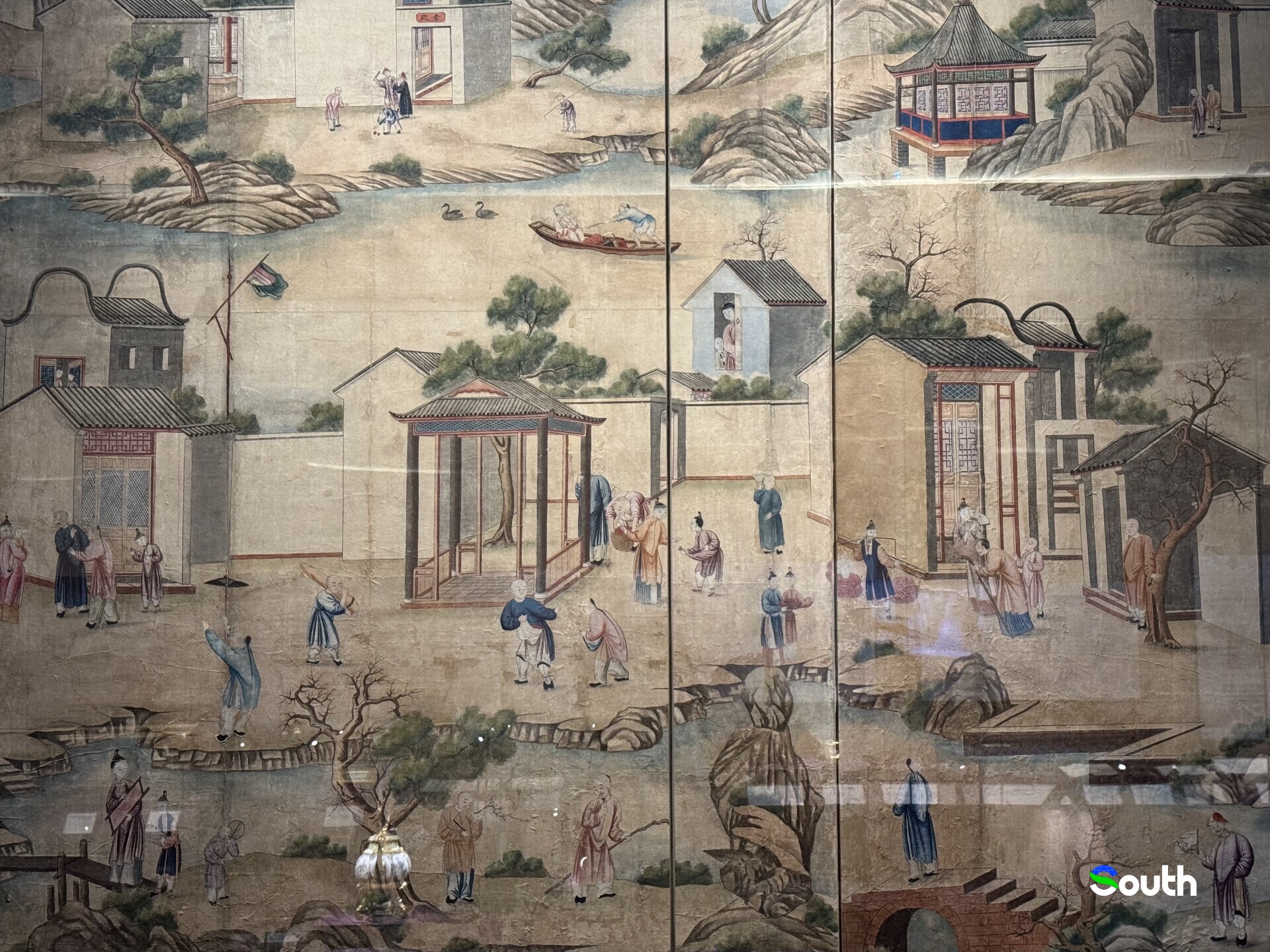
Looking back, the roots of Guangdong's trade system run deep. During the Qin and Han dynasties, the central government established coastal trade offices, but it was the Tang Dynasty's Shibo system, first implemented in Guangzhou, that formalized overseas commerce. By the Song and Yuan dynasties, it spread along the southeast coast, culminating in the Song's Guangzhou Shibo Regulations, which became a nationwide trade law. The Ming Dynasty further strengthened trade governance through the Guangzhou Shibo Office, and by the 16th and 17th centuries, policies like the Guangzhou–Macao trading network and "single-port trade" allowed Guangdong to lead global exchanges, blending technology, culture, and commerce.
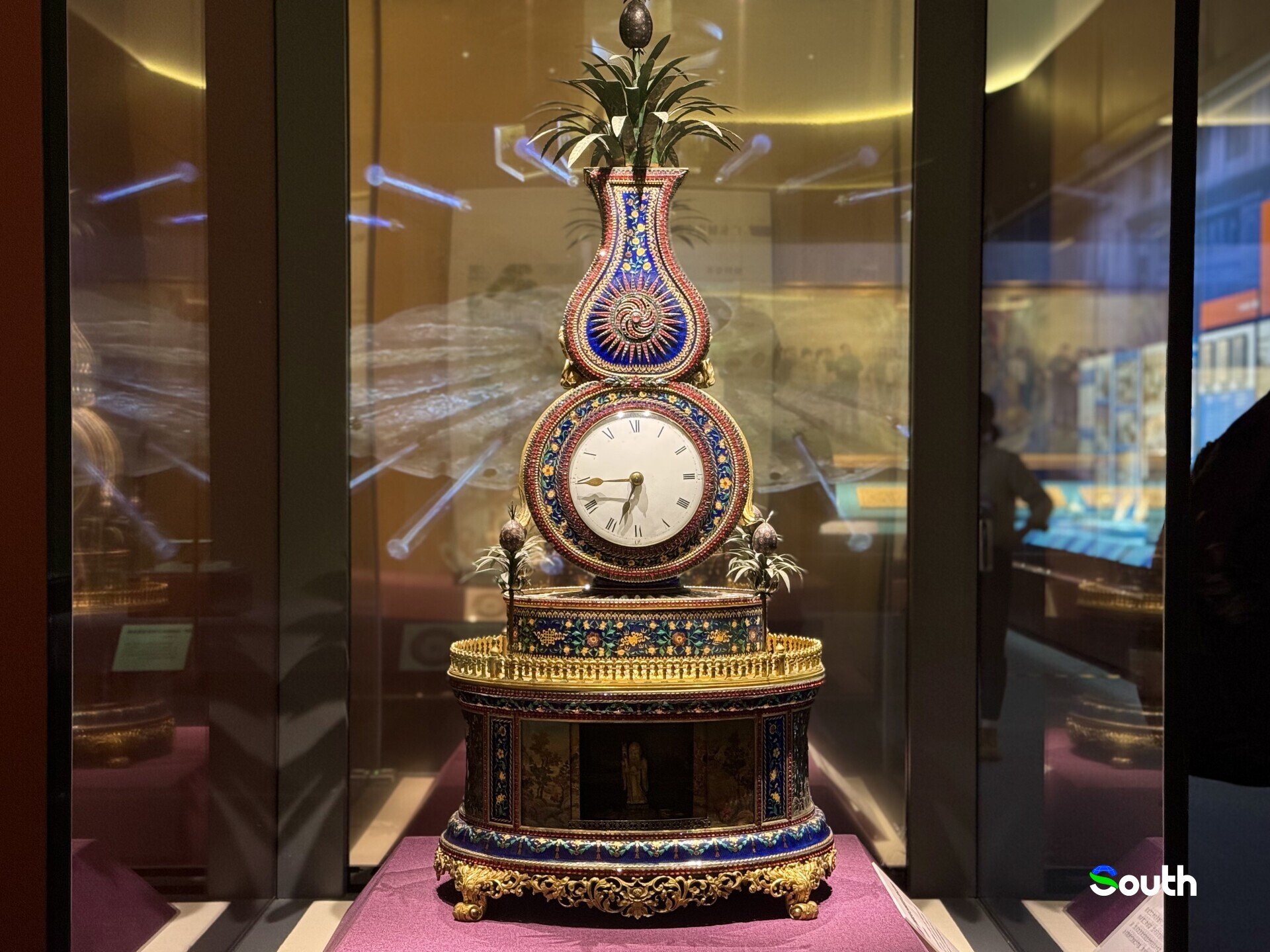
Modern Guangdong continues this tradition. The Canton Fair opened China's doors to global trade. Reform and Opening-Up unleashed market vitality, and today, Guangdong leverages free trade zones (FTZs) and the Guangdong-Hong Kong-Macao Greater Bay Area to pioneer trade facilitation, digital platforms, and cross-border e-commerce. From historical Shibo offices to modern FTZs, Guangdong's innovation has kept it at the forefront of China's foreign trade.
From past to present, the message is clear: trade thrives not only on opportunity but on openness, innovation, and institutional support. Guangdong's millennium-long foreign trade legacy shows that with the right systems, business can be both sustainable and expansive. Walking through the exhibition, it's easy to see that the same spirit that shaped ancient trade still drives Guangzhou and China forward today.
Reporter: Li Fangwang
Video&Poster: Li Fangwang
Photo: Guangdong Museum, Li Fangwang
Editor: Hu Nan, James Campion, Shen He
















